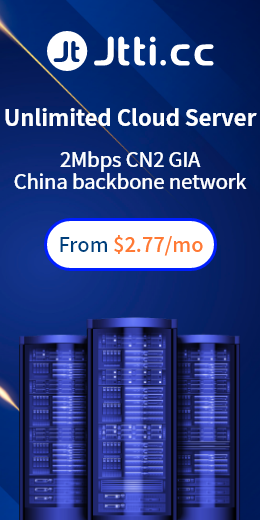Digital is the core assets of enterprise operations, whether it is financial transaction records, medical monitoring files or e-commerce platform user data, all belong to the core data of enterprises, once lost or leaked will cause catastrophic consequences. These important data are generally stored in large servers, which are the core carriers of data storage and processing, and the reliability of backup policies affects business continuity. There are significant differences between hot and cold backup in many backup schemes, which are analyzed below!
The essential differences between hot and cold backup: from technical principles to operational processes
Cold backup refers to the cold backup mode that is performed when the server is completely stopped or the service is interrupted. The core is that the system is not available during the backup, and the data is fully copied in a static form to the storage media (such as tape, hard disk, or cloud storage).
The technical advantage of cold preparation lies in its simplicity and low cost. Because no data is written or modified during backup, the integrity of the backup file is extremely high, and the server performance is almost unaffected. In addition, cold backup usually relies on physical media storage, which can effectively defend against cyber attacks (such as ransomware). However, the fatal flaw is the long downtime. For financial trading systems or medical service platforms that operate 24 hours a day, frequent downtime is obviously not practical.
Hot backup, or hot backup, turns this logic on its head. It allows backup to be completed when the server is running normally and data is being read and written continuously, achieving "zero service interruption". Hot backup relies on complex technologies, such as Snapshot, Log Shipping, or ActiveActive architecture, and requires in-depth collaboration between software and hardware.
The core value of hot backup is high availability and instant recovery. By continuously synchronizing data, hot backup can reduce the recovery time objective (RTO) to minutes or even seconds, minimizing service loss. But this advantage comes at a high cost: not only does it require high-performance hardware to support real-time data synchronization, but it also requires dedicated teams to maintain complex backup architectures.
Practical comparison of cold and hot backup: Triangular game of performance, cost and risk
1. Performance impact
Cold backup: During the backup, the server stops completely without occupying resources. However, the shutdown may cause user loss or transaction interruption. For example, a game server cold standby downtime for 1 hour a week, during which players can not log in, directly resulting in a decline in revenue.
Hot backup: The backup process is parallel to services and occupies significant CPU, memory, and network bandwidth. If the server performance is insufficient, services may be delayed. For example, during the hot backup period of a social platform, the I/O load is too high, resulting in a 30% decrease in the user upload picture speed.
2. Cost input
Cold backup: Low hardware cost, usually only the basic storage device; O&m costs focus on backup window planning and manual operations. Suitable for small and medium-sized enterprises with limited budget.
Hot backup: Requires dedicated storage arrays (such as SAN), redundant server clusters, and high-level software licenses (such as Oracle RAC), and the initial investment can be millions. At the same time, it is necessary to hire senior engineers to handle data consistency verification and network delay optimization.
3. Risk control
Cold backup: Data added after the last backup may be lost due to a long backup interval (for example, once a day). For example, the cold backup period of an enterprise is 24 hours. If the server fails 12 hours before backup, data is lost for half a day.
Hot backup: With real-time or near-real-time synchronization, the risk of data loss is very low, but the technical risk is higher. For example, data in the active and standby databases of a bank is inconsistent due to log synchronization errors in the hot backup system. As a result, some account balances are abnormal after the switchover.
The essential choice difference between cold backup and hot backup is a dynamic trade-off of enterprise cost, performance and risk. From the perspective of business attributes, technical capabilities and long-term planning, start-ups are more suitable for cold backup, and mature enterprises are required to use hot backup. In the future, backup may not be so different from cold backup and hot backup, but more intelligent and automated to achieve active backup to make enterprise business more core competitiveness.

 EN
EN
 CN
CN









